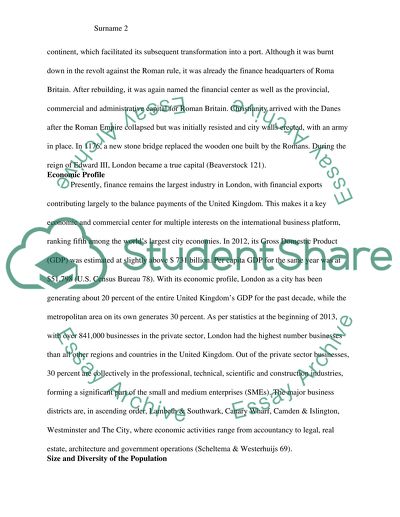Cite this document
(“London, New York and Tokyo as Global Cities Research Paper”, n.d.)
London, New York and Tokyo as Global Cities Research Paper. Retrieved from https://studentshare.org/history/1495101-1-london-new-york-and-tokyo-as-ychglobalyie-cities-a-comparative-analysis
London, New York and Tokyo as Global Cities Research Paper. Retrieved from https://studentshare.org/history/1495101-1-london-new-york-and-tokyo-as-ychglobalyie-cities-a-comparative-analysis
(London, New York and Tokyo As Global Cities Research Paper)
London, New York and Tokyo As Global Cities Research Paper. https://studentshare.org/history/1495101-1-london-new-york-and-tokyo-as-ychglobalyie-cities-a-comparative-analysis.
London, New York and Tokyo As Global Cities Research Paper. https://studentshare.org/history/1495101-1-london-new-york-and-tokyo-as-ychglobalyie-cities-a-comparative-analysis.
“London, New York and Tokyo As Global Cities Research Paper”, n.d. https://studentshare.org/history/1495101-1-london-new-york-and-tokyo-as-ychglobalyie-cities-a-comparative-analysis.


